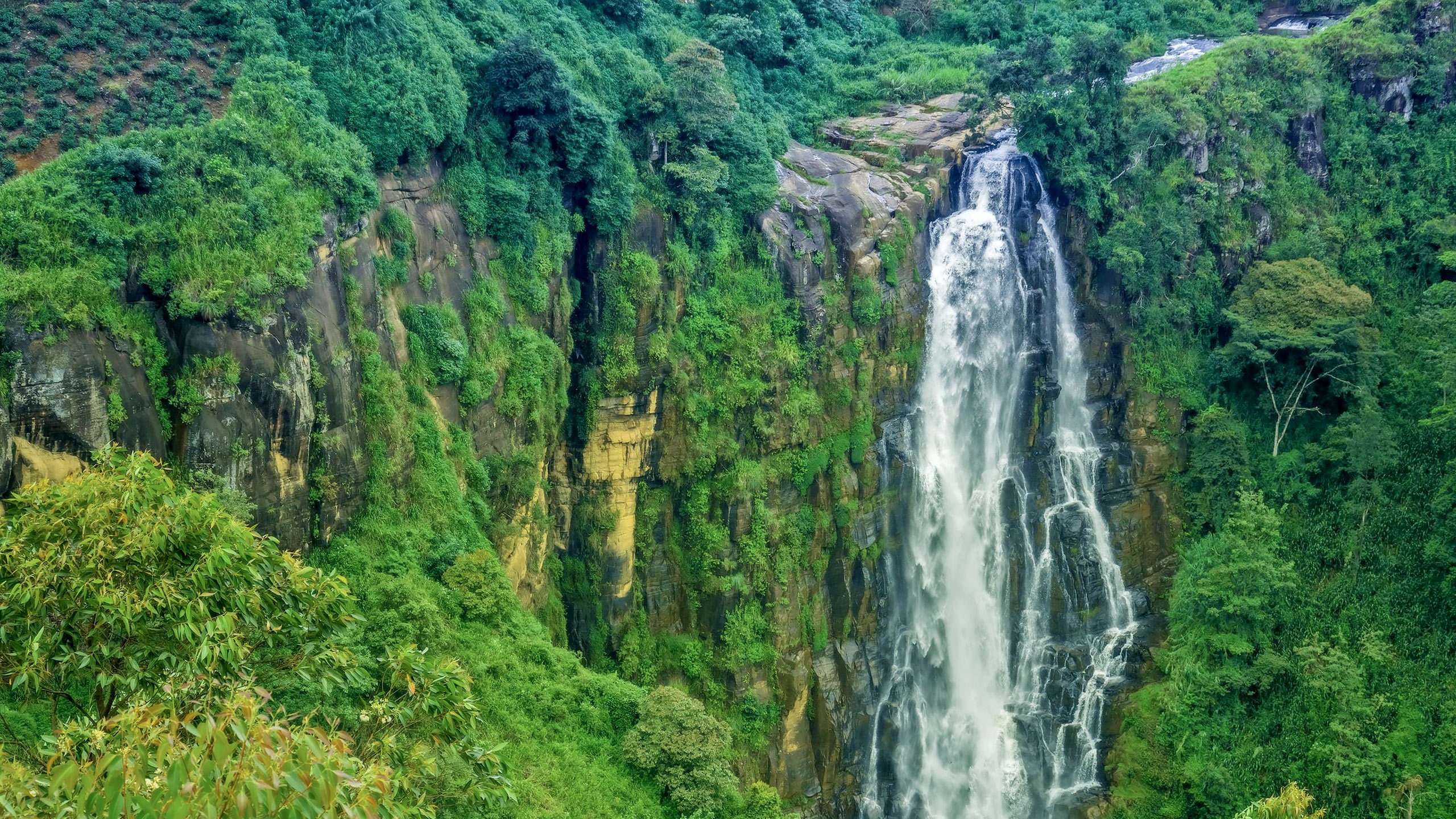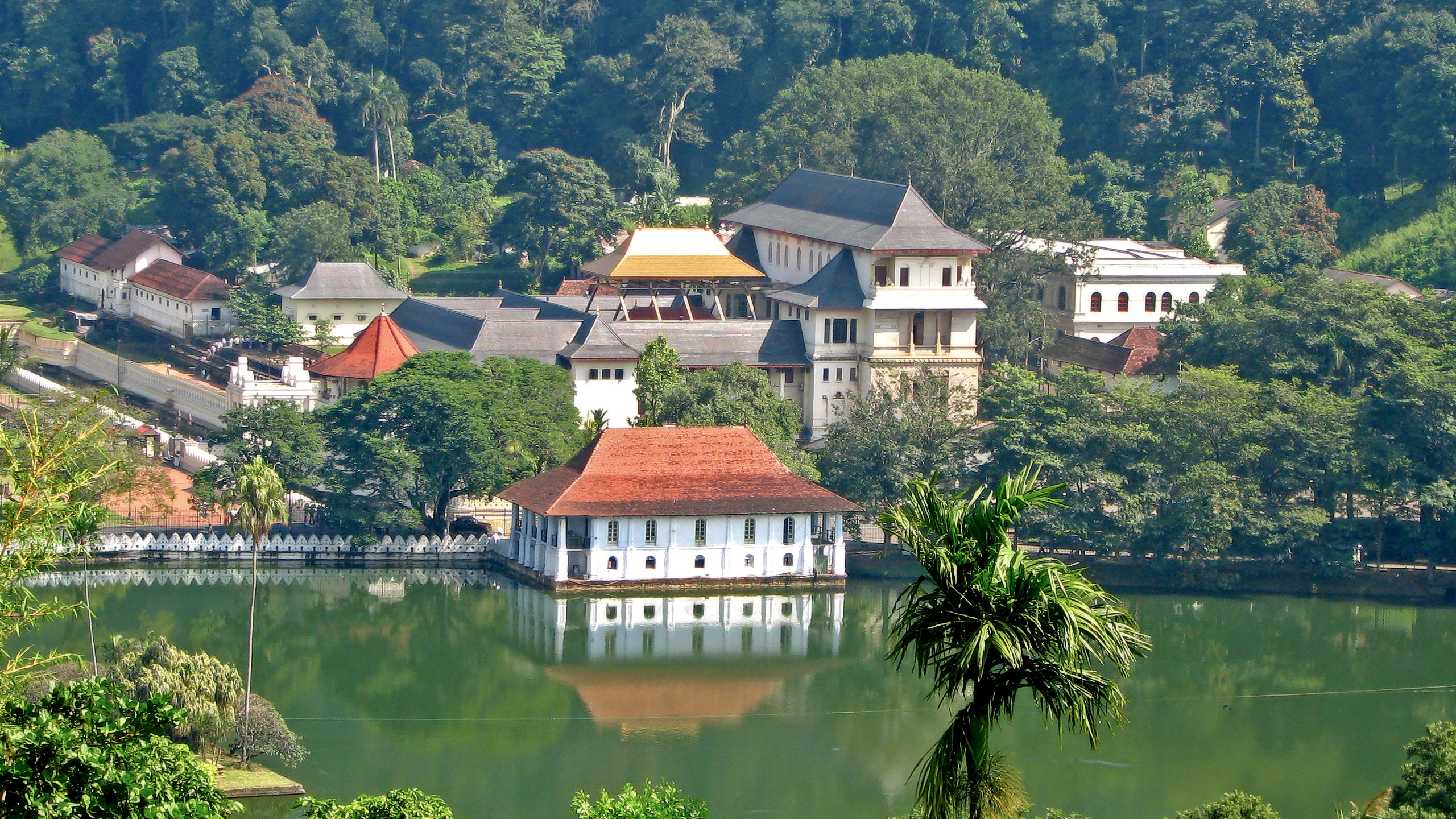Discovering Sri Lanka
A Superyacht Cruising Guide to Sri Lanka.
Posted on
A Papal Legate six centuries ago wrote ‘From Ceylon to Paradise, according to native legend, is forty miles: there may be heard the sound of the fountains of Paradise.’
For those unable to enter Paradise itself, its neighbour has enough diversity of landscape, people and culture to make one forget about eternal salvation: mountains, jungles, ruined cities, vast man-made lakes, statues as impressive as anywhere in the world, fertile uplands where tea estates reach for as far as the eye can see: elephants, leopards, birds, turtles, coral and darting tropical fish. And then there are the Beaches…
Sri Lanka – the pearl of the Indian Ocean is a beautiful tropical island covering an area of 65,610 square kilometres (25,000 square miles), situated southeast of the Indian subcontinent and 880 kilo metres to the north of the Equator.
The island’s eighteen million strong population provides Sri Lanka with an intoxicating mix of cultures and diverse ethnic groups. Most of which have been practicing their unique traditions and beliefs for a millennium or more. Whilst Sri Lanka is progressive and forward looking in its outlook, it is at the same time deeply embodied with a sense of pride in its traditions and cultural heritage.
The Lay Of The Land
A fertile island warmed by the tropical sun and watered by monsoon rains, Sri Lanka has been moulded by its position and shape. The centre of the island is home to the hill country, the highest pinnacle of which is mount Pinurulagala at 2,523 metres. Kandy, the cultural heart of Sri Lanka is nestled deep in this most lush and mountainous region of the country and is the perfect size to be explored on foot as the relatively high altitude makes the climate conducive to long and leisurely strolls. The city is visually rich, with its narrow streets lined with colourful old buildings and crowded with people. This historic old city is home to the Temple of the Tooth (oDalada Maligawa).

The Temple of the Tooth houses Buddhism’s most sacred relic and is a symbol of Sinhalese heritage. It is one of the most holly symbols of the Buddhist faith. Many Buddhists believe it to be the most precious thing in the world. Indeed, wars have been fought over it!
The highlands are also famous for their extensive tea, coffee and rubber plantations. All of which were introduced by the Dutch and British back in the sixteen to eighteen hundreds.
From the highlands down to the coast lay large swathes of forested land; set aside for the preservation of the island’s indigenous creatures. These national park areas are home to Asia’s largest number of wild Elephants, as well as Rhinoceros, Mugger Crocodiles, Leopards and Tigers.
The three main ports in Sri Lanka are Trincomalee, Galle and Colombo. Galle and Colombo both are man-made, while Trincomalee is amongst the largest natural harbours on earth. Superyachts can use all three of these deepwater ports.
The port of Colombo is located on the West coast. Colombo is the capital city of Sri Lanka, and also the principal port of the country. The port is a man made harbour enclosing an area between the North side of the Fort and Mutwal point, formed by three breakwaters built during the period between 1875 to 1912. The breakwaters have a concrete block structure on a rubble base with a boulder protection.
The port of Galle is located in Galle Bay, about one hundred and twenty kilometres south from the Port of Colombo, on the South West of the island. It presently is the only commercial port in the south of the country. Galle is believed to be the possible location of the city of Tarshish, of biblical fame, where King Solomon discovered a thriving trade in ‘gold, silver, ivory, apes and peacocks’.
In 1505 a Portuguese fleet was blown off course while heading for the Maldives and took shelter in the harbour at dusk. It is said that, on hearing a cock (galo in Portuguese) crowing, they gave the town its name. In 1663 the Dutch built the 36 hectare fort (which is now a World Heritage Site), occupying most of the promontory that forms the older part of Galle. By the time Galle passed into British hands in 1796, commercial interest turned northward to Colombo, and Galle has scarcely been altered since.
Although Galle Bay forms a natural harbour, it is only protected from the Northeast monsoon and is subjected to the ravages of the Southwest monsoon, which blows constantly from the months of May through to October. It should be noted that the whole of the southwest, south and southeast coasts of the island were badly affected by the Asian Tsunami, but the port of Galle is now fully operational again. There are expansion plans in progress for the main port area, including a new yacht marina.
The famous harbour of Trincomalee which is one of the largest and best sheltered in the world, has at various times been the envy of the Danes, Dutch, Portuguese, British, French and Japanese.
During World War II it became a naval base to protect the fleet of the combined allied forces. The mention of Trincomalee to any Sri Lankan is likely to induce wistful sighs and longing looks as they picture the water, warm and clear, the skies as pink as paradise, and the jungles where elephants roam.

Trincomalee harbour on the Northeast of the island commands a large body of sheltered water and has two sectors, the Inner Harbour and the Outer Harbour. The outer harbour comprises Trincomalee Bay, which has the approaches to the harbour and the Koddiyar Bay. The Inner Harbour has a water area of about 2,023 hectares and a land area of nearly 5,261 hectares.
The Current Situation In Sri Lanka
It is only inevitable that in the coming years, Sri Lanka will establish itself as a well-known destination for yachts voyaging through the Indian Ocean. After all, the combination of its golden beaches, verdant vegetation, ancient monuments, numerous wildlife reserves, exquisite gemstones, highland tea plantations and a local cuisine of a thousand tastes has to be hard to beat!!
Destinations: Indian Ocean, Sri Lanka
Footnote:
Contact Seal Superyachts Sri Lanka for detailed information about cruising around Sri Lanka, superyacht charter regulations and about how we can support your visit.
Principle agent Upali Gooneratne is proud to have worked with many of the World’s largest Superyachts and has extensive knowledge of Sri Lanka and the surrounding area.
Upali Gooneratne
Phone: +94 77 244 3016
Email: upali@seal-superyachts.com